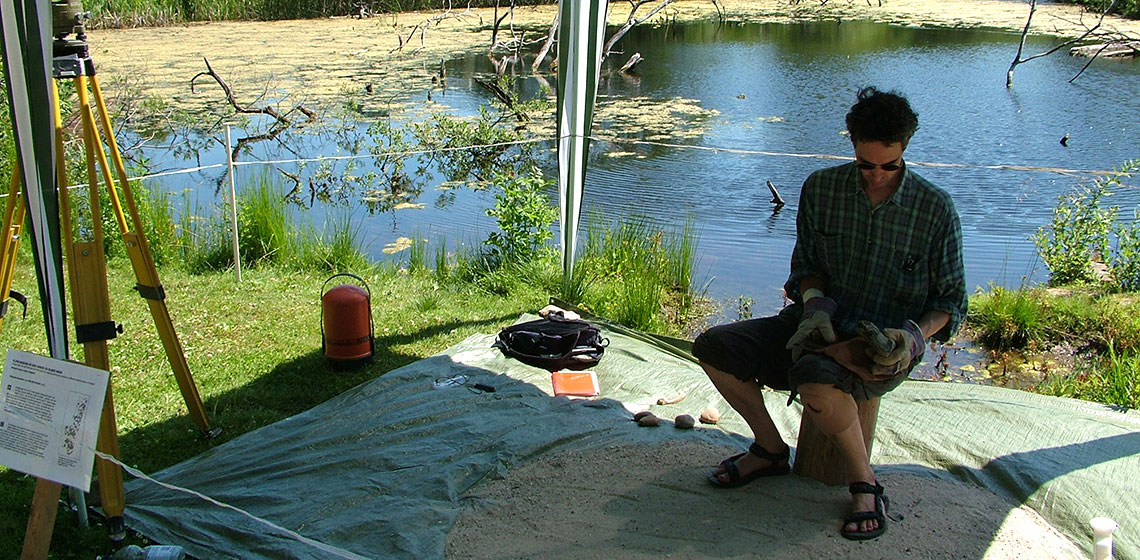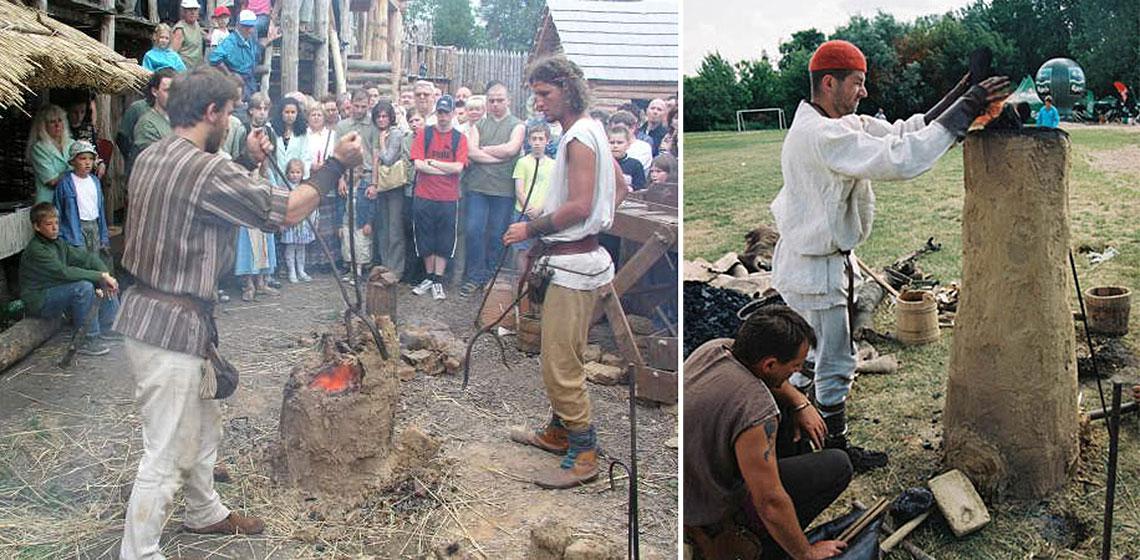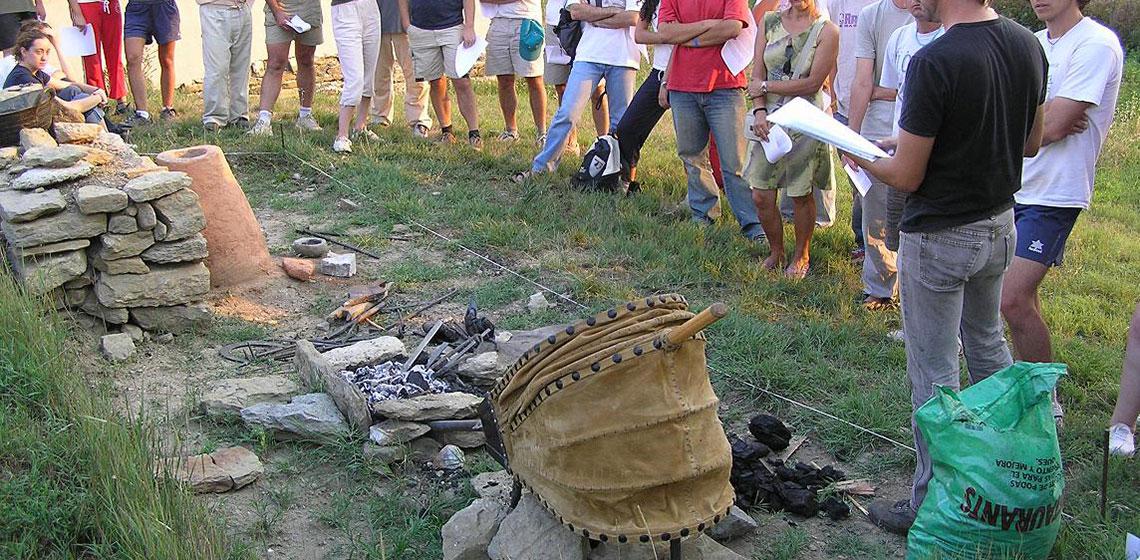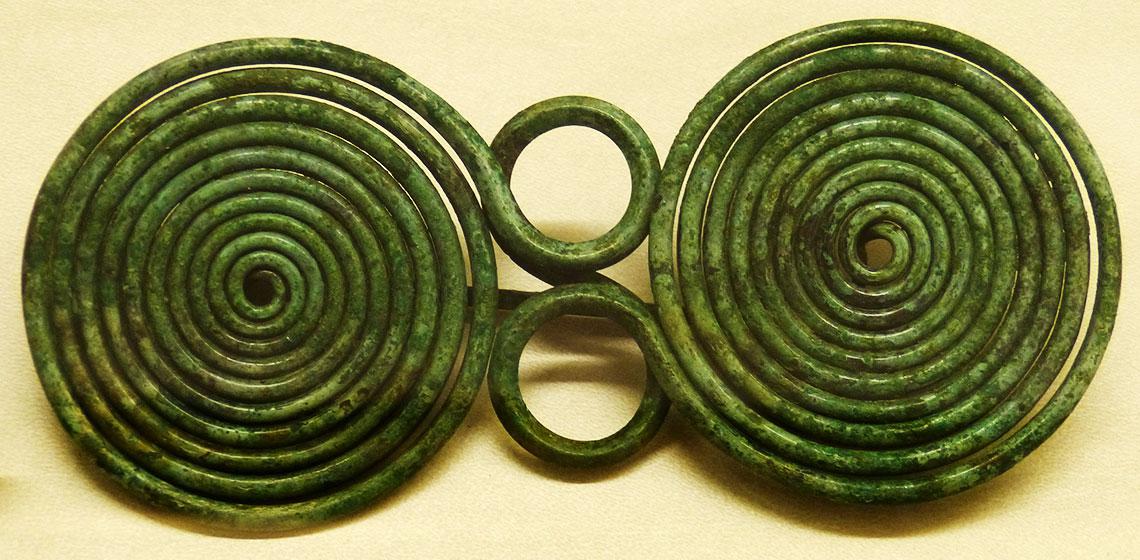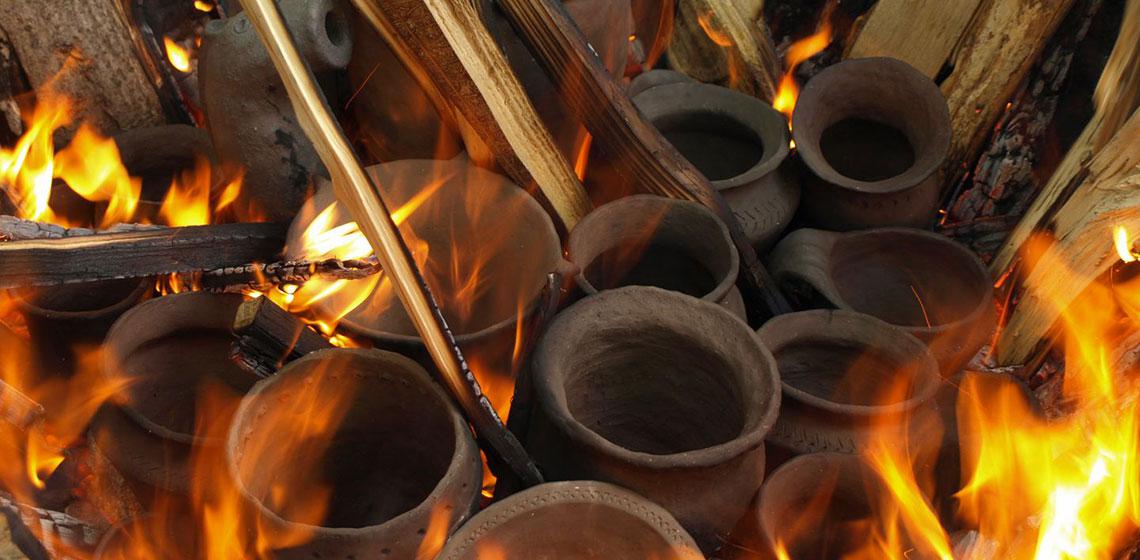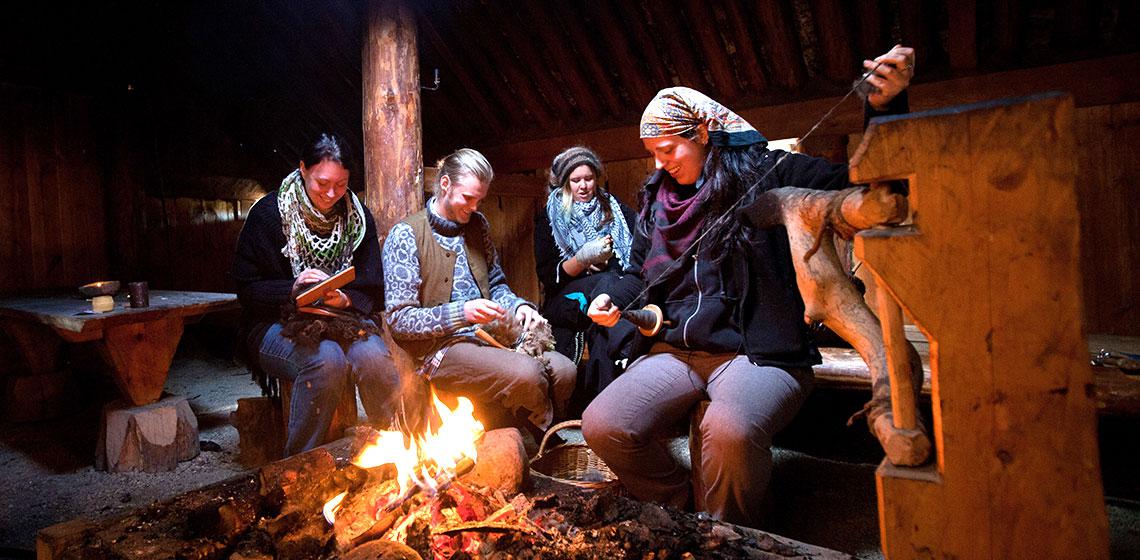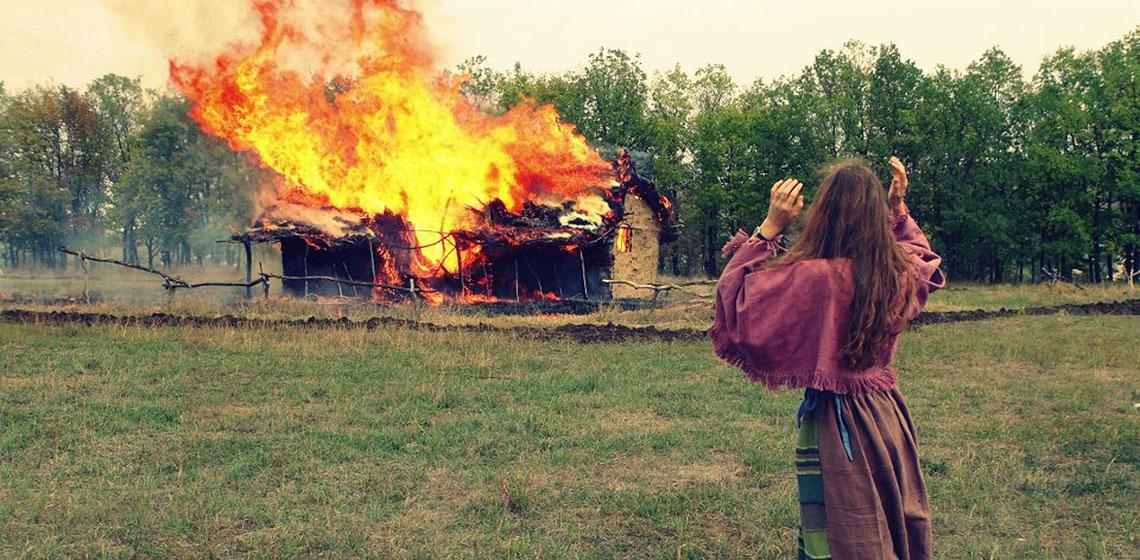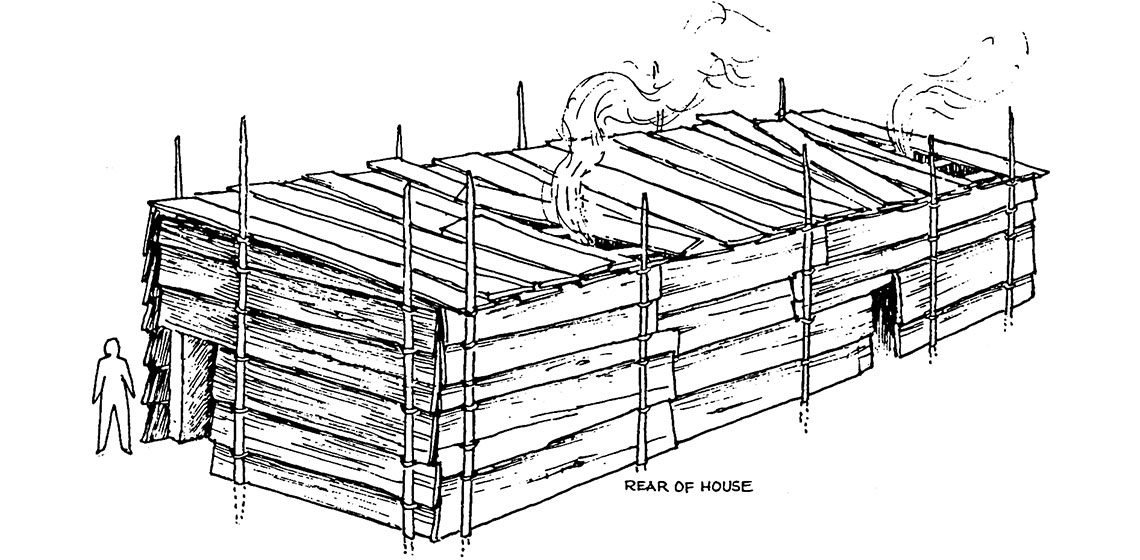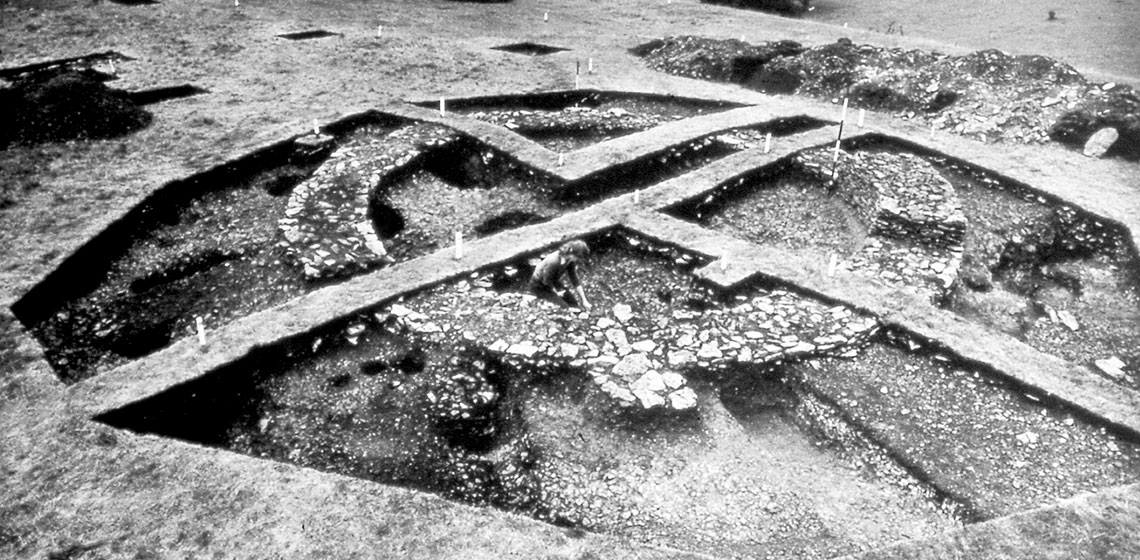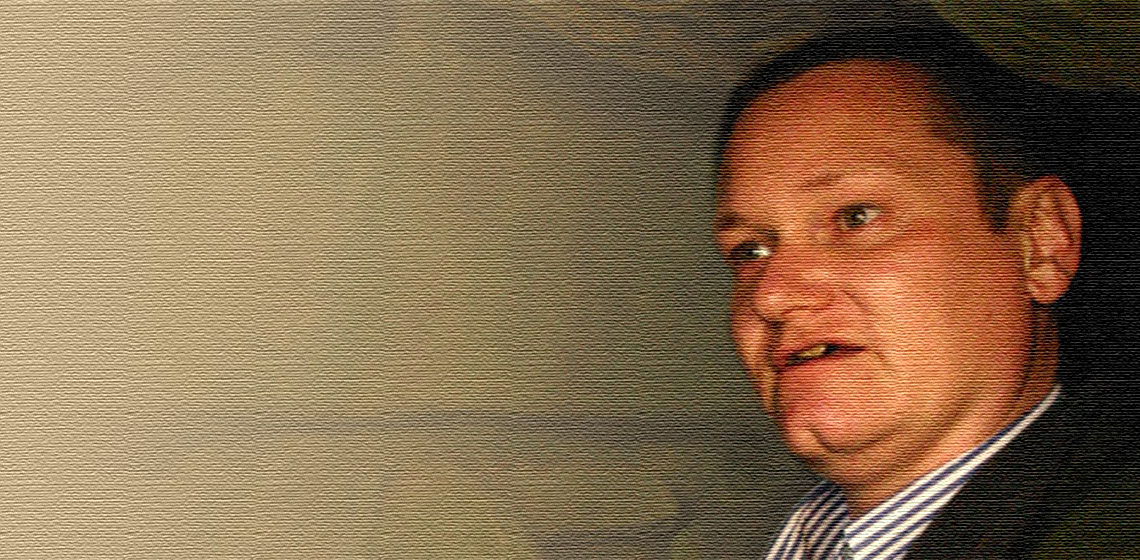The Experiment and the Umbrella - 10 Years of Experimental Archaeology
Who are the contributors?
First of all it is interesting to see who the participants in the discussion of the archaeological experiment are. Certainly, the articles I have selected and read are only representative of a fraction of the contributions, but it is clear that it is primarily those who work with experimental archaeology in their research. Participants from outside this group are rare. This is regrettable as the archaeological experiment is an important method in archaeological research in general.

